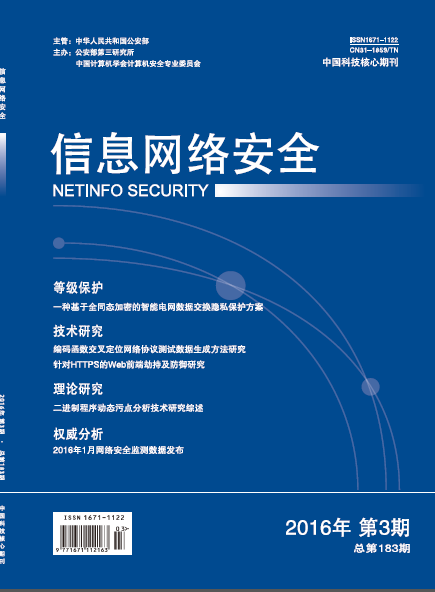In recent years, with the high-speed development of Internet, network software has been the main target of the hacker. As the network software that users use most frequently, the safety and the service of the browser has always been the focus of attention, which is also a measure that users choose to use. On the one hand, recognizing the browsers can achieve system attacks according to corresponding loopholes of browsers and then open the gate for attackers. On the other hand, using the browsers recognition technology can further recognize the users, and then bring a better user experiences. Previous studies get browsers fingerprint information by implanting server-side scripts, and there are some people that use traffic analysis technology to recognize the browsers, but the recognition rate is relatively low. This paper derives trace information of thirteen browsers from the encryption transmission traffic, and processes trace information by three typical machine learning methods, in order to recognize the browsers. The experimental results show that the browsers can be recognized, and the recognition accuracy is as high as 100%. This means that the users must improve safety awareness, update the browser version, and install the latest patch to prevent system damages caused by the hackers using the original browsers vulnerabilities.

